The Blueprint of Democracy
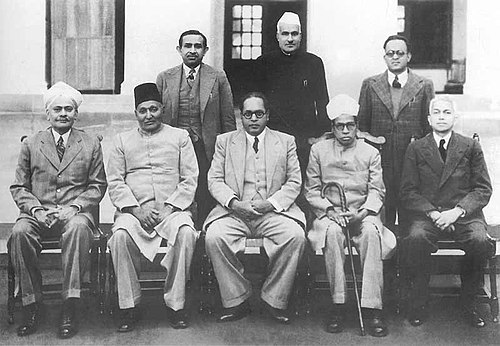
Recap: The Story of Kashmir: Accession, War and the Seeds of an Endless Dispute
Kashmir’s story in 1947 demonstrates the tangled interplay of politics, identity, and urgency. A Hindu ruler, a Muslim majority, and colonial exit created perilous ambiguity. Pakistan’s invasion forced swift Indian intervention, partitioned the region, and set unresolved borders. The diplomatic and military response transformed Kashmir from a princely state to a persistent global dilemma.
Introduction
India’s Constitution is often hailed as the longest and one of the most detailed in the world. Its genesis was a monumental task, driven by a diverse group of leaders and thinkers who envisioned a democratic nation embracing justice, liberty, equality, and fraternity. This blog explores the constitutional drafting process in depth, reflecting on the key debates, leadership, and the specific Articles that shaped the foundation of India’s democracy.
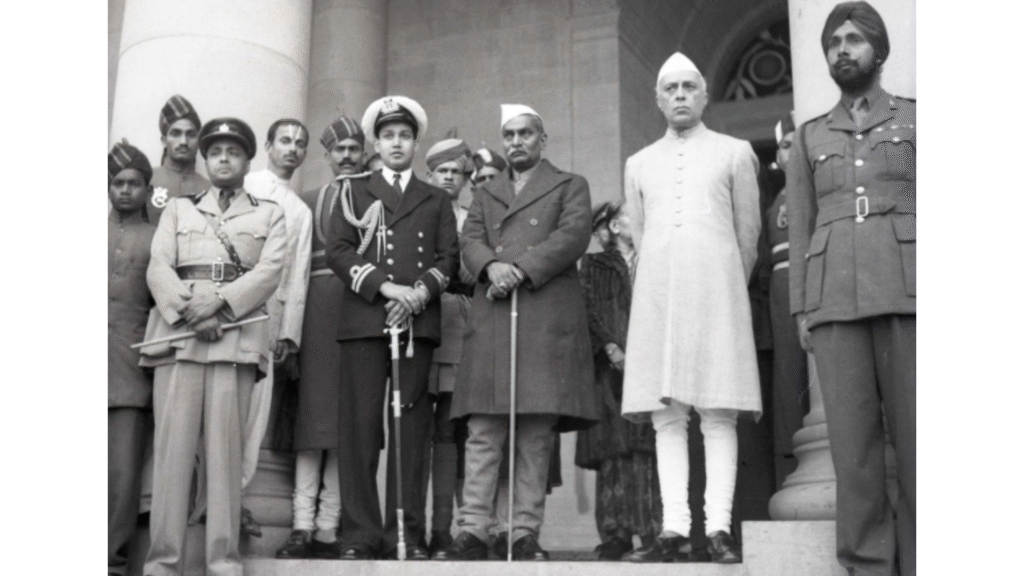
1. The First Step: From Cabinet Mission to Objectives Resolution
The journey began with the Cabinet Mission Plan of 1946, which sought a peaceful transfer of power and proposed the Constituent Assembly’s formation to draft India’s Constitution. The Mission envisaged a representative body elected by provincial assemblies through a system of proportional representation and single transferable vote—ensuring inclusivity across regions, communities, and princely states.
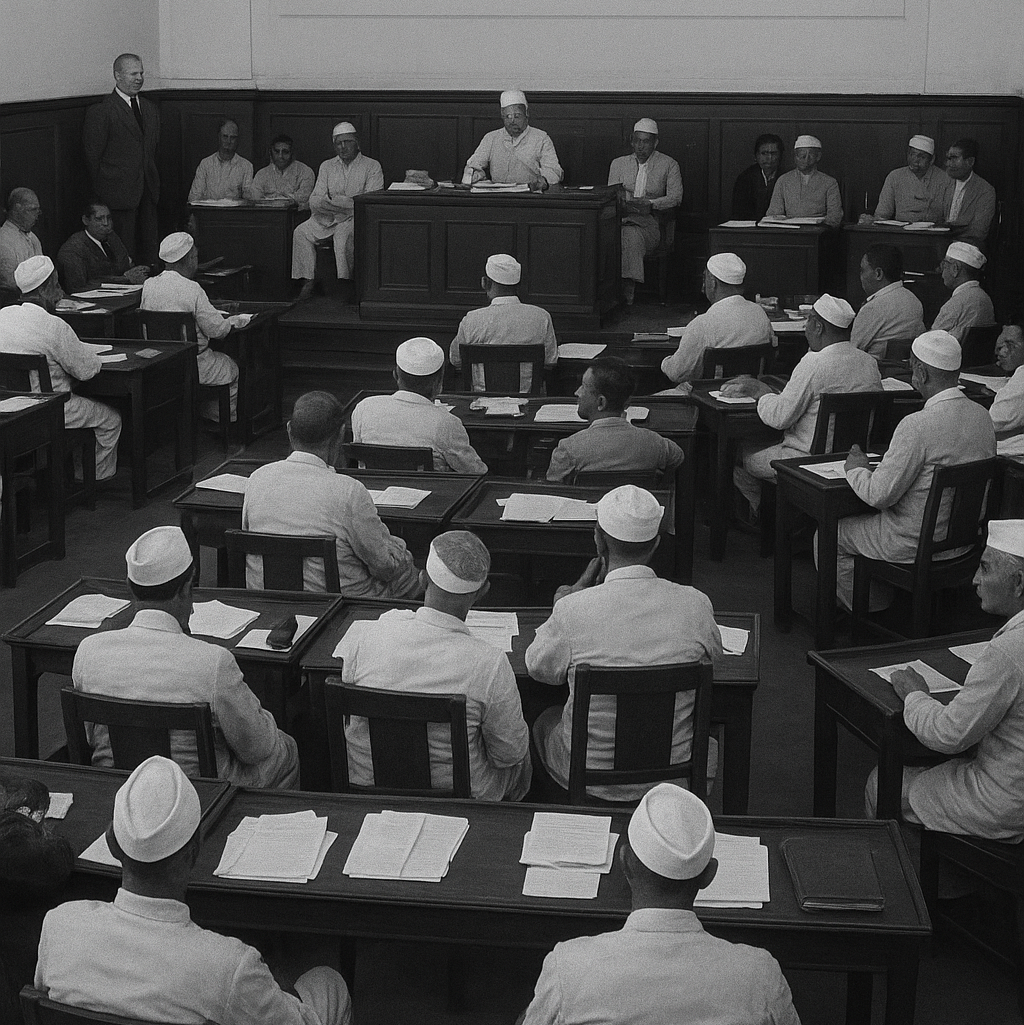
The Assembly met for the first time on 9 December 1946, with 207 members present, soon growing to 389 members before Partition. This inaugural session set the tone for democratic deliberation. Dr. Sachchidananda Sinha, as the eldest member, presided temporarily until Dr. Rajendra Prasad was unanimously elected as the permanent President on 11 December 1946. Prasad’s leadership style, rooted in fairness and patience, earned him respect and helped manage heated debates constructively.
On 13 December 1946, Jawaharlal Nehru introduced the Objectives Resolution, framing India as a sovereign, democratic, republic committed to securing justice, liberty, and equality for all citizens. This resolution, adopted on 22 January 1947, later became the philosophical basis of the Constitution’s Preamble.
Relevant Articles: While the Objectives Resolution was a guiding statement rather than a legal article, it informed the whole text—especially the Preamble and the fundamental rights chapter (Articles 12-35).
2. Independence: A Divided Legacy
India’s independence on 15 August 1947 was both triumphant and tragic. Partition led to massive displacement and communal violence, which the Constituent Assembly had to confront in real-time while constructing a unified polity.
The Muslim League’s boycott of the Assembly sessions complicated consensus-building, as many Muslim representatives withdrew. Despite this, leaders like Rajendra Prasad and K.M. Munshi worked tirelessly to include minorities under constitutional safeguards. The debates stressed reconciliation and the need for a secular democracy that transcended communal identities.
This period underscored the need for constitutional provisions that not only united India politically but also acknowledged its communal and cultural pluralism.
Relevant Articles:
- Article 1 (India as a Union of States)
- Article 14 (Equality before the law)
- Article 15 (Prohibition of discrimination on grounds like religion)
- Article 25 (Freedom of conscience and religion)
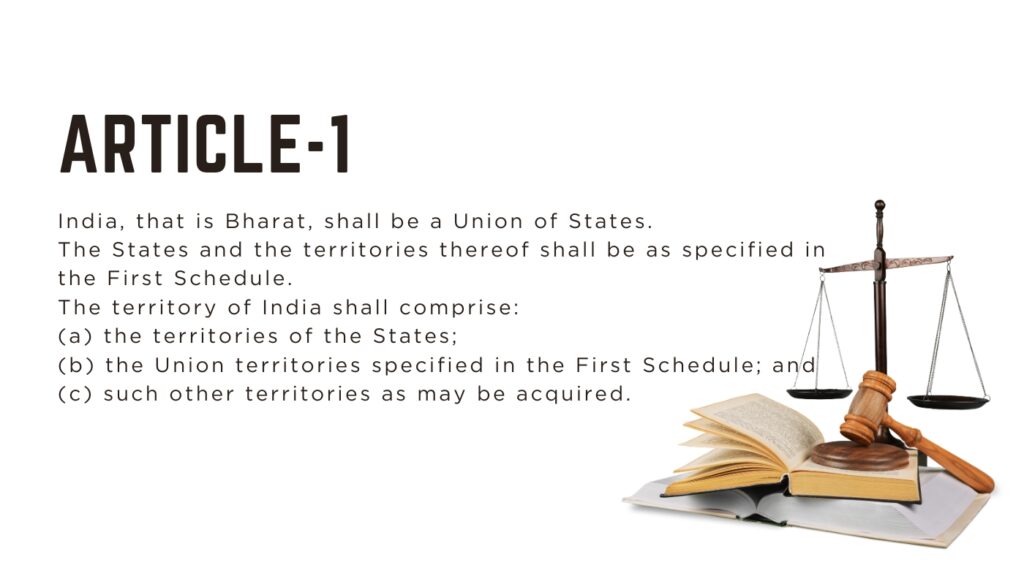
3. Fundamental Wrongs to Fundamental Rights
Dr. Ambedkar’s personal experiences articulated in his book “Waiting for a Visa“, deeply shaped the Assembly’s approach to rights. The framers sought to correct centuries of caste-based discrimination and social injustice by embedding Fundamental Rights that guaranteed individual dignity and equal opportunity.
The Assembly debated provisions prohibiting untouchability (Article 17) and ensuring affirmative action (Articles 15(4), 16(4)) to uplift Scheduled Castes and Scheduled Tribes. The idea was radical for its time—to place social justice within the ambit of fundamental law, so violations could be challenged in courts.
Ambedkar’s drafting drew heavily on comparative constitutional law, but adapted to India’s unique social realities.
Relevant Articles:
- Article 14-18 (Equal protection, abolition of untouchability)
- Article 15 (Non-discrimination)
- Article 16 (Equality of opportunity)
- Article 17 (Abolition of untouchability)
- Articles 46 and 330-342 under Directive Principles also reinforced these.
4. Rights, Principles of Governance, and Duties
The Constitution balanced freedoms with responsibilities. Influential framers, including Alladi Krishnaswami Ayyar, advocated that citizenship should be inclusive and secular.
Rights enumerated include freedom of speech (Article 19), right to life and liberty (Article 21), and freedom of religion (Article 25). Alongside these, the Assembly introduced Fundamental Duties (later added by the 42nd Amendment, 1976) to remind citizens of their role in national unity and progress.
The Assembly also incorporated Directive Principles of State Policy (Articles 36-51), aiming to guide governance in social, economic, and political domains—though non-justiciable, they remain aspirational goals.
Relevant Articles:
- Articles 12-35 (Fundamental Rights)
- Articles 36-51 (Directive Principles)
- Article 51-A (Fundamental Duties—added post-1976, but rooted in original intent)
5. Strengthening the Weak: Minority, Women, and Backward Rights
The framers recognized that mere equality in law would not suffice without proactive protections for minorities, women, and economically backward groups. Members like Mohammad Saadulla insisted on minority safeguards; K.M. Munshi emphasized women’s rights.
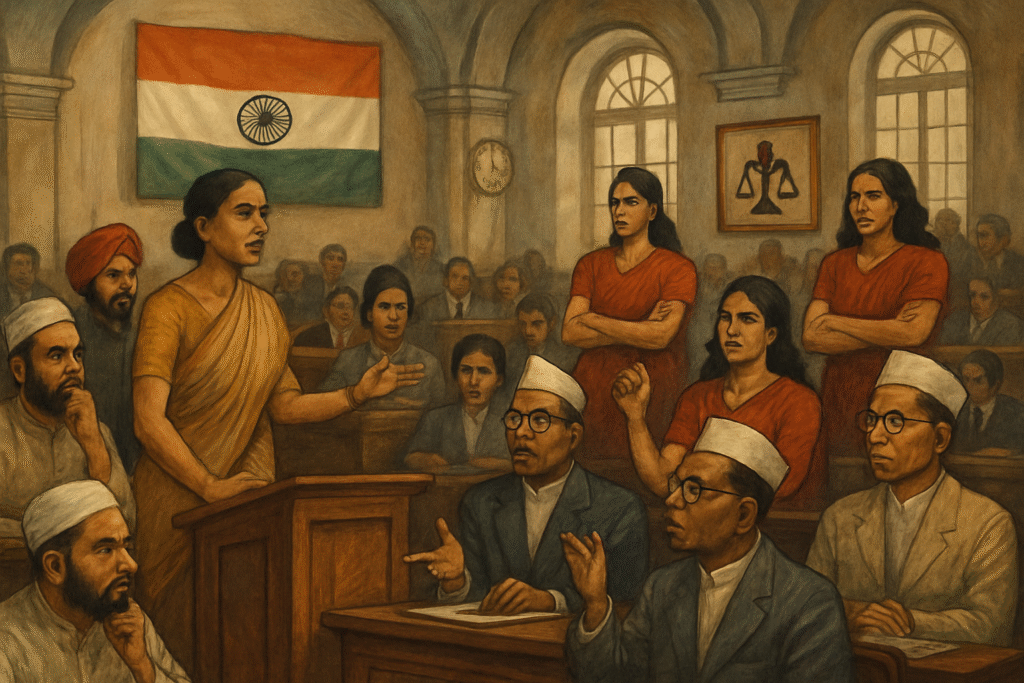
Reserved seats for Scheduled Castes and Scheduled Tribes in legislatures (Articles 330, 332) and constitutional guarantees to protect minority languages and religions (Articles 29-30) were innovative and necessary accommodations.
Women’s rights were debated in the context of social reform and political participation, influencing Article 15’s prohibition against gender discrimination and later reforms.
Relevant Articles:
- Articles 15,16 (prohibition of discrimination)
- Articles 29,30 (protection of minorities)
- Articles 330,332 (reservations in legislatures)
- Article 42 (welfare of workers) and parts of Directive Principles supporting social justice
6. Whose Land Is It? Land Reforms and Acquisition
Agrarian reform was a burning national issue. The Constitution accommodated land reform by empowering states to enact laws abolishing zamindari and redistributing land.
Article 31, concerning the right to property, was initially a fundamental right but later made a legal right to allow social reforms. The state’s power for land acquisition for public purposes was enshrined under Article 300A (post-44th Amendment).
Land reform provisions reflected the commitment to reducing economic inequality while balancing individual rights.
Relevant Articles:
- Article 31 (right to property, now a legal right)
- Article 39(b), (c) (Directive Principles on equitable distribution)
- Article 300A (protection of property rights)
7. The Language Question: Hindi or Hindustani?
The language issue was fraught with regional passions. Hindi was promoted as the official language (Articles 343-344), but English was allowed to remain for 15 years post-adoption, extended several times.
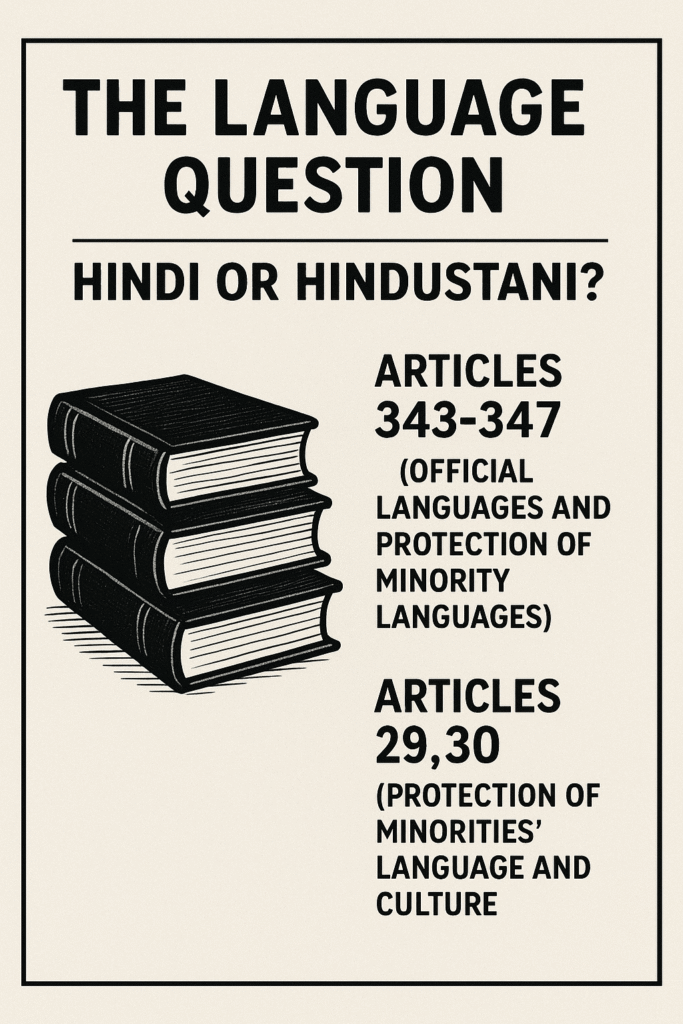
The Assembly ensured safeguards for linguistic minorities with protections for their language and culture under Articles 29 and 30. The debates demonstrated the complexity of balancing national integration with linguistic diversity.
Relevant Articles:
- Articles 343-347 (Official languages and protection of minority languages)
- Articles 29,30 (protection of minorities’ language and culture)
8. Federalism: Linking States with the Centre
India’s vast diversity demanded a strong yet flexible federal structure. The Constitution divided powers between the Union and States through three lists: Union, State, and Concurrent Lists (Seventh Schedule).
N. Gopalaswami Ayyangar’s drafting of Article 370 granted Jammu & Kashmir special autonomous status—an example of accommodating regional uniqueness within federalism.
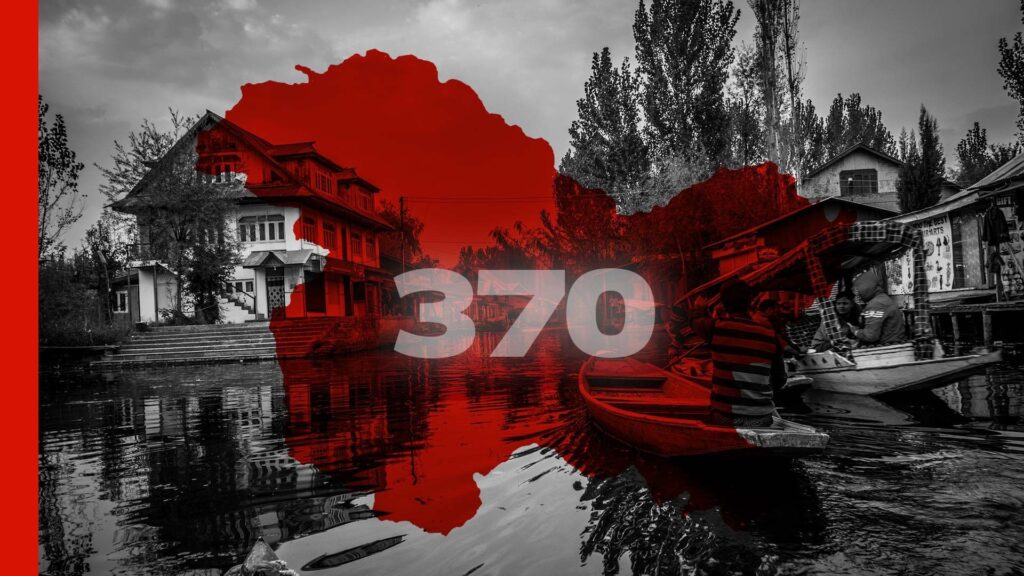
The Constitution also provided mechanisms for dispute resolution between Centre and States, ensuring balance.
Relevant Articles:
- Articles 1-4 (Union and territory)
- Articles 245-263 (Legislative relations among Centre and States)
- Article 370 (Jammu & Kashmir special provisions)
9. The Three Pillars: Executive, Legislature, Judiciary
The framers created a separation of powers to avoid concentration and misuse. The Executive, headed by the President (Articles 52-78), the bicameral Legislature (Articles 79-122), and the independent Judiciary (Articles 124-147) were each vested with distinct powers and checks.
Dr. Rajendra Prasad’s leadership was vital in steering these debates toward balance and accountability, ensuring the Constitution could adapt and evolve.
Relevant Articles:
- Articles 52-78 (Executive)
- Articles 79-122 (Parliament)
- Articles 124-147 (Supreme Court and Judiciary)
10. From the Preamble to the Final Draft — and Beyond
After nearly three years of rigorous debates, the Constitution was adopted on 26 November 1949, coming into force on 26 January 1950—a symbolic date chosen to honor the Purna Swaraj declaration of 1930.
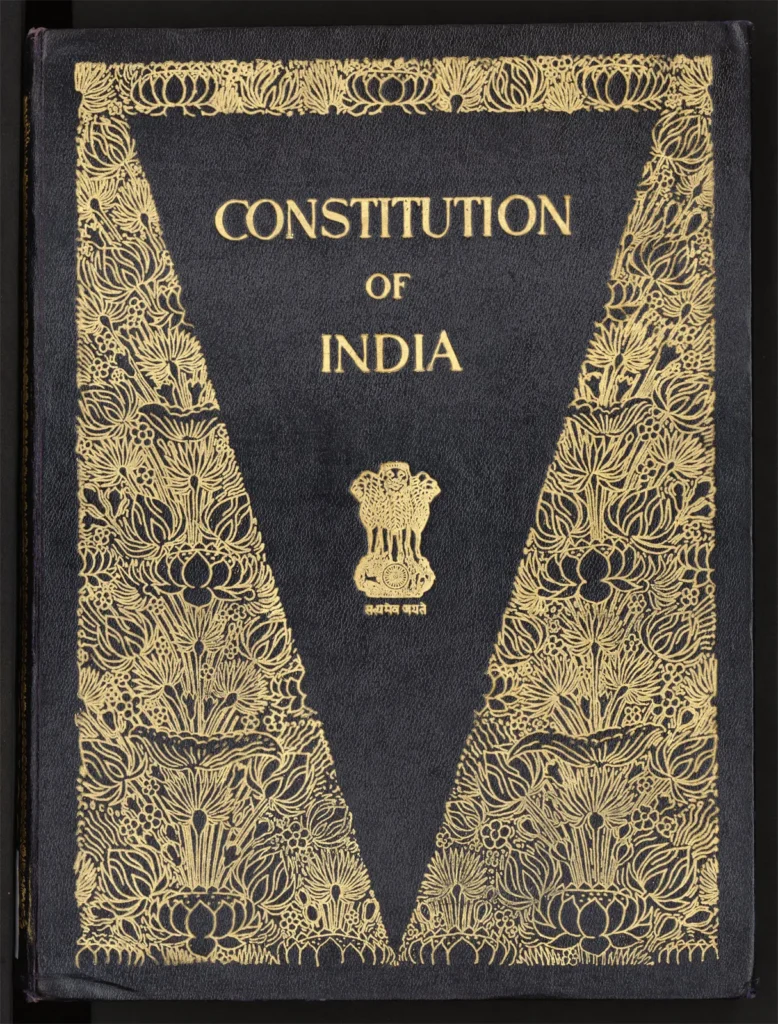
The Preamble, born of the Objectives Resolution, encapsulates the soul of India as a sovereign, socialist, secular, democratic republic dedicated to justice, liberty, equality, and fraternity.
The drafting process, spanning 11 sessions over 165 days, and costing ₹6.3 crore, culminated in a document both detailed and visionary, the world’s largest and longest constitution.
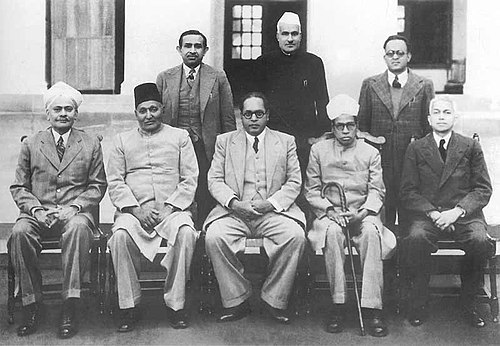
The framers—Prasad, Ambedkar, Munshi, Saadulla, Ayyar, Ayyangar, and others—left a living legacy that continues to guide India’s democratic experiment.
Coming Next:
Blog 1.6: will delve into “Jawaharlal Nehru’s pivotal role in shaping India’s first general elections of 1951–52“, a landmark event that launched the world’s largest democracy. It will explore how Nehru’s leadership, vision for universal adult suffrage, and commitment to inclusive politics enabled over 173 million citizens to vote, setting the foundations for electoral democracy and the nation’s transformative future.
References (Books):
1. The Story of the Integration of the Indian States– V.P. Menon (1956)
2. The Transfer of Power in India – V.P. Menon (1957)
3. Freedom at Midnight — Dominique Lapierre & Larry Collins (1975)
4. The Discovery of India — Jawaharlal Nehru (1946)
5. The Transfer of Power 1942–47 (12 Volumes) — Edited by Nicholas Mansergh
6. Patel: A Life – Rajmohan Gandhi (1990)
7. India After Gandhi – Ramachandra Guha (2007)
8. Waiting for a Visa – Dr. B.R. Ambedkar
9. Atmakatha – Dr. Rajendra Prasad
References (TV Shows/Movies):
1. Pradhanmantri TV Series- ABP News (2013)
2. Freedom at Midnight- Sony Entertainment Television (2024)
3. Samvidhaan: The Making of the Constitution of India – Rajya Sabha TV (2014)
References (Web Pages):
1. https://www.constitutionofindia.net/stages-of-constitution-making/
2. https://en.wikipedia.org/wiki/Constitution_of_India
3. https://testbook.com/question-answer/how-much-time-was-taken-to-frame-the-constitution–6375e7457b50170892790acd
4. https://ncert.nic.in/textbook/pdf/lehs304.pdf
5. https://sansad.in/rs/about/constituent-assembly
6. https://www.insightsonindia.com/2022/08/08/sansad-tv-makers-of-indian-constitution-syed-muhammad-saadulla/